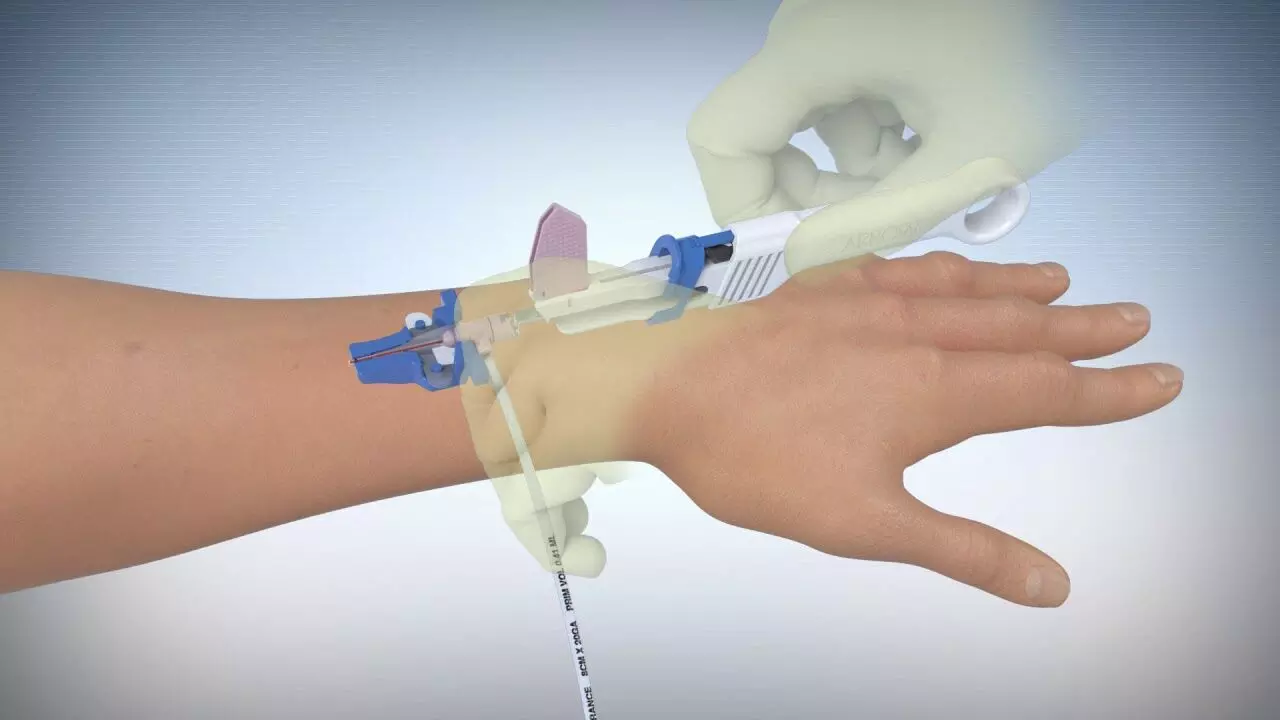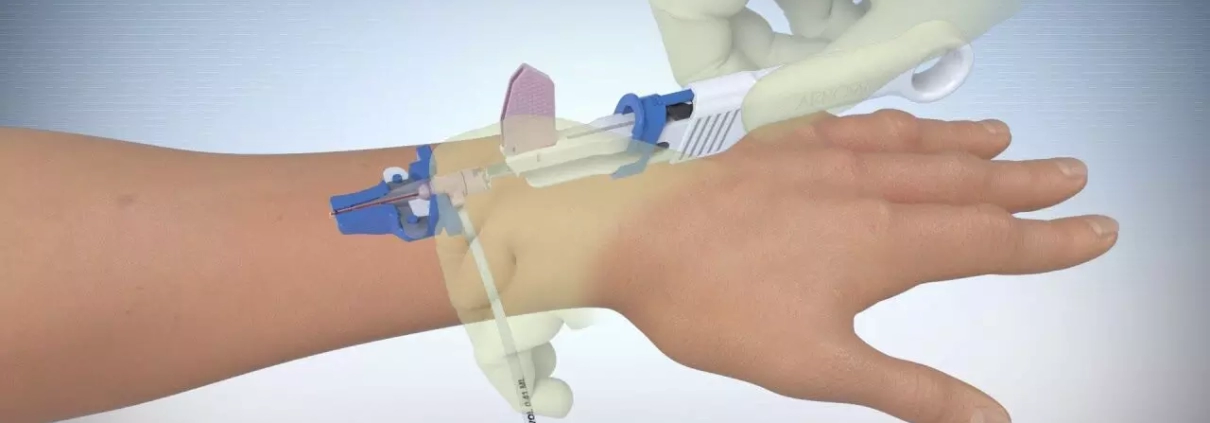Comparative Safety of Midline Catheters and PICCs in Long-term Intravenous Therapy

In a recent groundbreaking trial conducted at a Danish
academic tertiary care center, researchers have shed light on the safety and
efficacy of midline catheters (MCs) compared to peripherally inserted central
catheters (PICCs) in adult patients requiring intravenous therapy for a
duration of 5 to 28 days. The trial found that there was a low incidence of Catheter-related
bloodstream infections with no significant difference between MCs and PICCs in patients
receiving medium- to long-term intravenous therapy. However, the use of MCs
resulted in a higher incidence of overall catheter-related complications
compared with PICCs.
The trial results were published in the journal JAMA Network
Open.
Midline catheters (MCs) have become a common choice in
medical settings, yet a comprehensive assessment of their safety and efficacy
relative to peripherally inserted central catheters (PICCs) has been lacking.
This critical gap in knowledge has prompted researchers to delve into a
thorough examination of the two catheter types to provide clearer insights into
their comparative performance. Hence, researchers carried out a parallel,
2-group, open-label, randomized clinical trial (RCT) aimed to address the
existing gap in knowledge regarding the two widely used catheter types.
The study, spanning from October 2018 to February 2022,
enrolled a total of 304 patients with a mean age of 64.6 years, of whom 42.8%
were female. Each participant was randomly assigned to either the MC group or
the PICC control group in a 1:1 ratio.
The primary outcome under scrutiny was the occurrence of
catheter-related bloodstream infection (CRBSI), a critical factor in evaluating
the safety of these catheter types. Secondary outcomes encompassed symptomatic
catheter-related thrombosis and catheter failure, which included issues such as
mechanical causes, phlebitis, infiltration, pain associated with drug or fluid
administration, and leakage from the puncture site.
Findings:
Strikingly, the incidence of CRBSI was remarkably low, with
no reported cases in the MC group and only one case in the PICC control group
(P > .99).-
This finding suggests that both MCs and PICCs exhibit
comparable efficacy in preventing CRBSI in the specified patient population.
However, delving into secondary outcomes, the study revealed
a noteworthy distinction.-
The MC group exhibited a higher overall catheter-related
complication rate (13.2%) compared to the PICC control group (7.2%). -
Further analysis, using the incidence rate ratio (IRR),
demonstrated a statistically significant IRR of 2.37 (95% CI, 1.12-5.02;
P = .02) in favor of the PICC group. -
In a post hoc analysis stratified by catheter dwell time,
the researchers explored the impact of catheter use for less than 16 days. -
Interestingly, this subset analysis did not reveal a
significant difference in complication rates between the two groups (IRR, 1.16;
95% CI, 0.50-2.68; P = .73).
The study’s conclusion emphasizes the low incidence of CRBSI
with both catheter types but highlights the higher incidence of
catheter-related complications with MCs. Researchers recommend a nuanced
approach in the decision-making process, considering individual patient
characteristics and the expected duration of intravenous therapy.
Further reading: Thomsen SL, Boa R, Vinter-Jensen L, Rasmussen BS. Safety and Efficacy of Midline vs Peripherally Inserted Central Catheters Among Adults Receiving IV Therapy: A Randomized Clinical Trial. JAMA Netw Open. 2024;7(2):e2355716. doi:10.1001/jamanetworkopen.2023.55716



